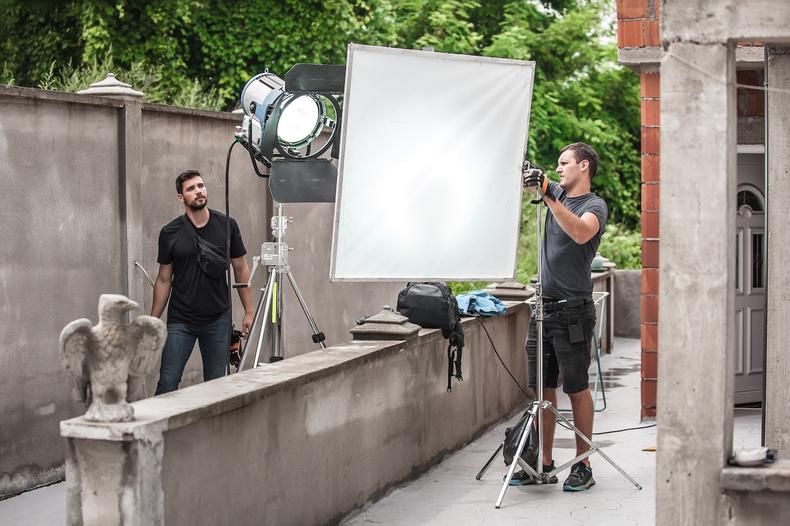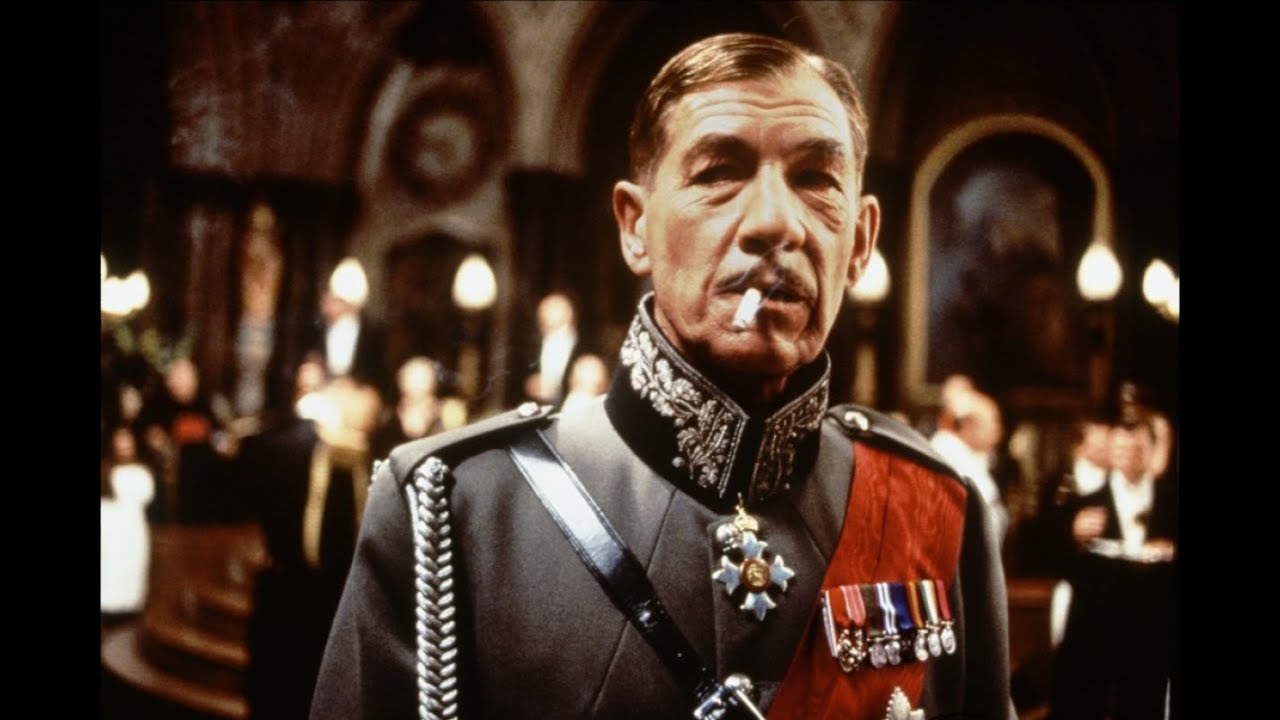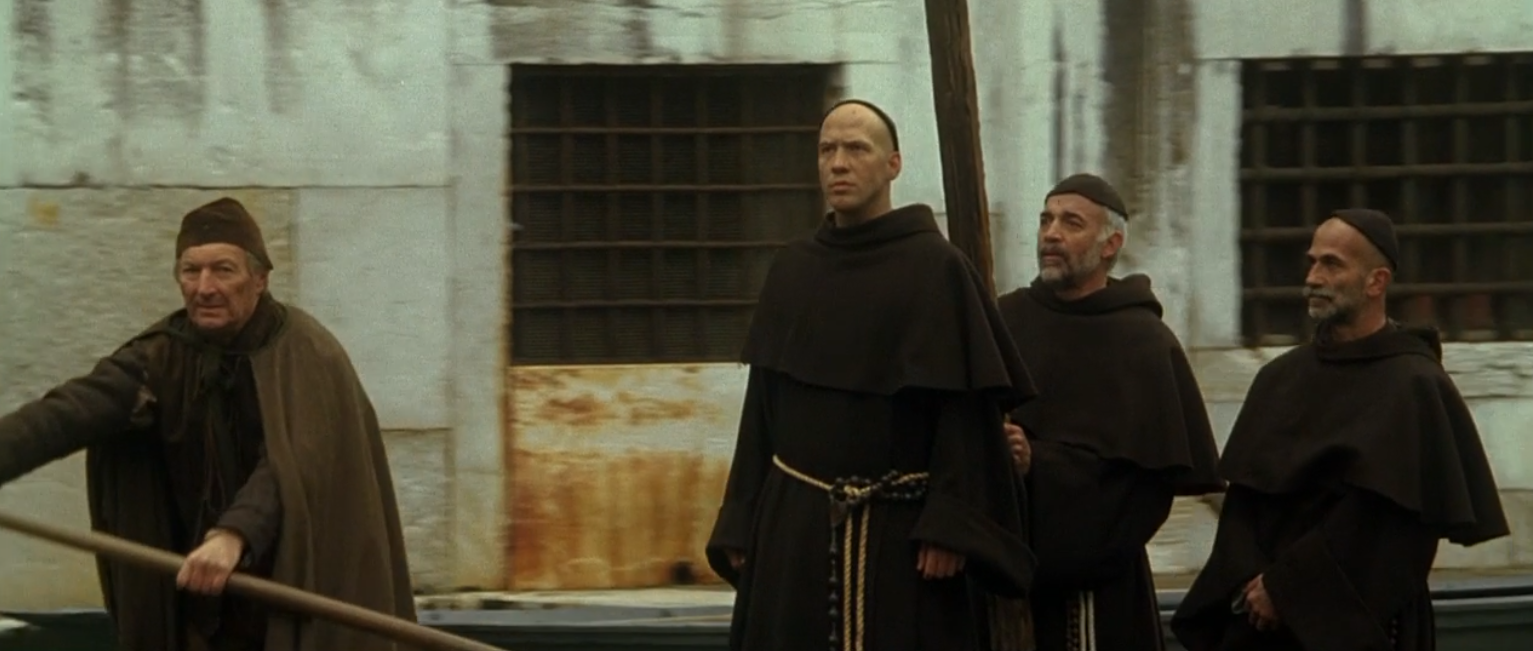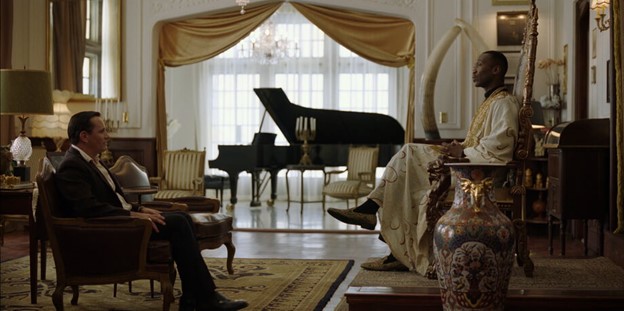


Film as an art form is constituted by light, illusion of movement, and the manipulation of space and time. This section covers the basic vocabulary for film analysis.
Many screen adaptations of the classics are informed by social justice concerns. Films
construct a social space—a space for socialization and discussion of social justice issues—where
the characters’ and audiences’ universes intersect. Some films imagine the classics to have a
remedial effect on our society.
Formalism, a filmmaking approach advocated by Sergei Eisenstein in the Soviet Union in the 1920s, is now a classic Hollywood style that gives meanings to the dramatic action through film techniques.
Formalism, a filmmaking approach advocated by Sergei Eisenstein in the Soviet Union in the 1920s, is now a classic Hollywood style that gives meanings to the dramatic action through film techniques.
Realism in film theory refers to the filmmaking strategy that emphasizes the value of film as a documentary medium. Realism was advanced by the French critic André Bazin and German film theorist Siegfried Kracauer in the 1930s.
Film as an immersive medium is designed to make its conventions of artificial reality “invisible” to the viewers. Our first task is to see beyond what Dave Monahan and Richard Barsam have called “cinematic invisibility.” Watch a film at least twice so that you can reverse engineer some of its key scenes.
Mise-en-scène (mee-sang-SEN), a French term, refers to the arrangement of actors and scenery on stage. In film studies, mise-en-scène encompasses everything visible on screen: lighting, framing, composition of the shot, blocking, costumes, sets, and props.
Lighting is an important component of the aforementioned mise-en-scène. Film lighting creates both illumination and shadow. The interplay between light and shadow expresses the mood of a scene, defines a character, and shapes the cinematic space on screen.
The camera angle, the level and height of the camera, is an important tool to express the mood or convey a character’s standing or situation. In terms of the height, there are eye-level shots, high-angle and low-angle shots (when the camera is placed above or below eye level), Dutch (tilted) angle, and overhead or aerial bird’s-eye view shots.






